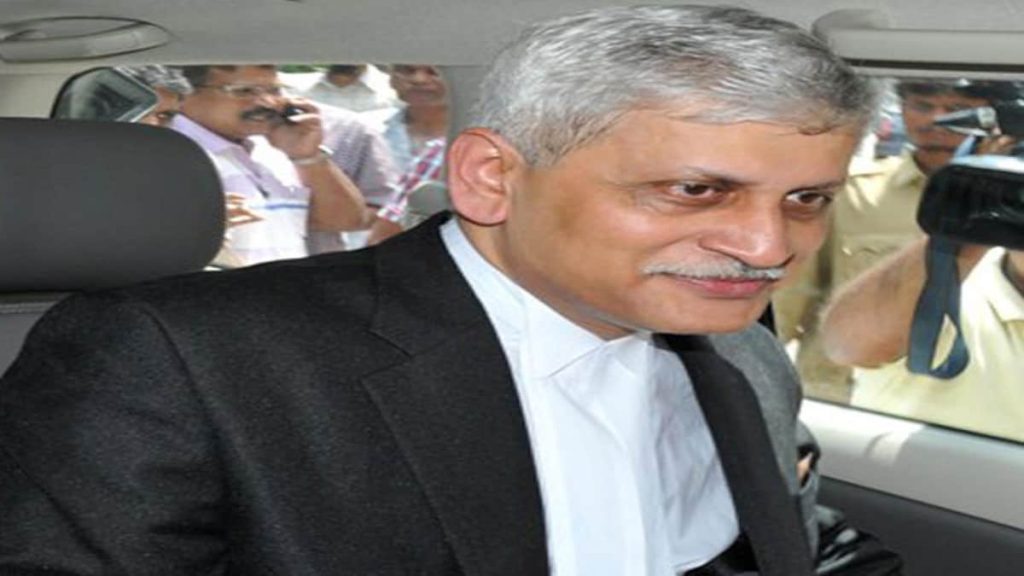UU Lalit, who is slated to become the next Chief Justice of India, has already made significant progress toward enhancing the internal processes of the Supreme Court. Reviewing the fact that the court has a history of being criticised for taking an excessively slow approach when considering constitutional and other critical matters (such as Article 370, electoral bonds, the EWS quota, etc.), this is of utmost importance.

An exciting new method for cataloguing cases, which he has pledged to put into place by Thursday, is currently the subject of much anticipation. The fact that today two constitutional benches, each consisting of five judges, are sitting is another positive development.
Yesterday, the bench presided over by CJI Lalit dismissed a number of cases known as public interest litigations (PILs), which provides evidence that the new CJI is reluctant to involve the court in issues of governance and policy. Since more importance is being placed on the final hearings, it has been suggested that the amount of time allocated to other matters be reduced.

Given that he has been CJI Lalit has been in office for less than three months, it is clear that he is a man who is in a rush. His limited term, however, has the potential to be quite beneficial if he is able to discover ways to reduce backlogs and address pressing constitutional problems.
Another thing that’s out in the air is whether or not CJI Lalit’s successors would go on with the reforms that he started. It would be quite exciting if the CJI could use his experience in establishing legal aid infrastructure to make reforms to the judicial system on a local level. The common person stands to benefit the most from reforms implemented at the more administrative levels of the legal system.

